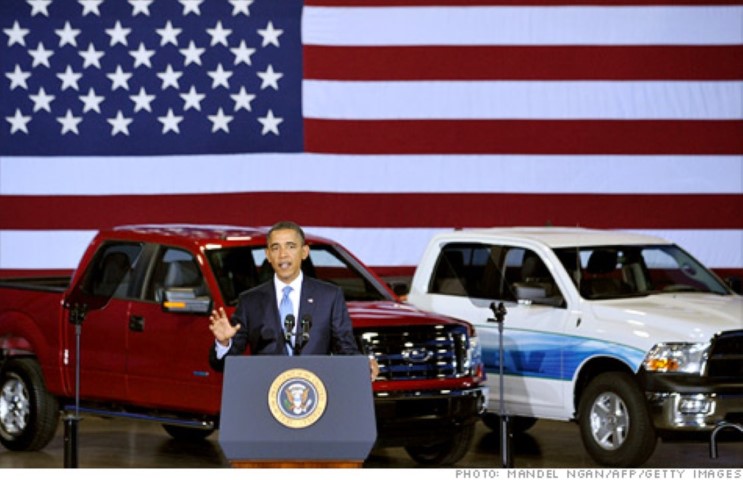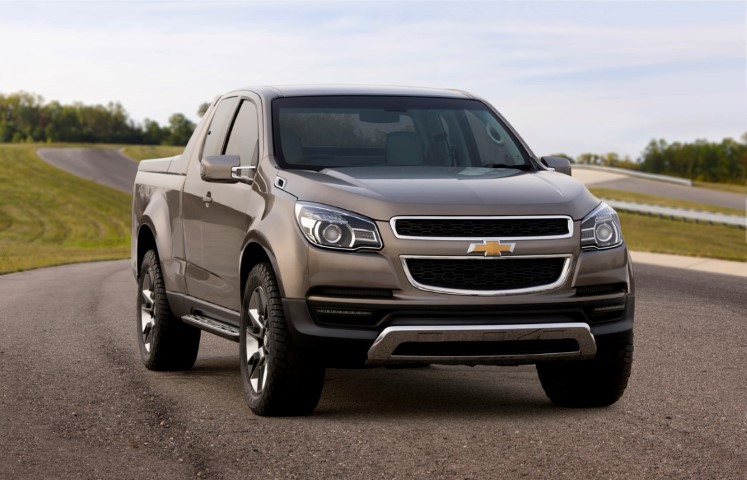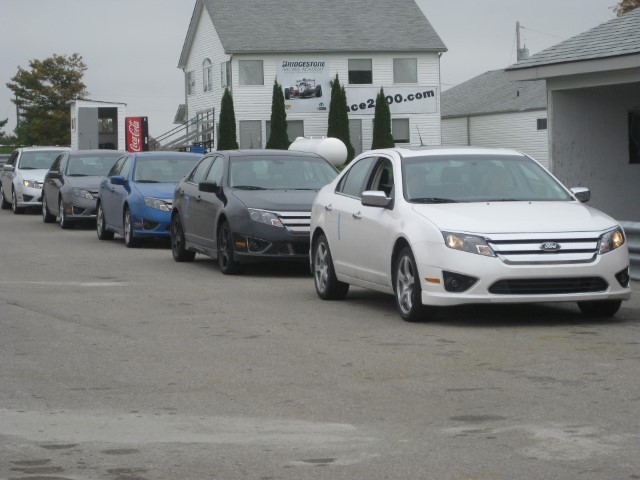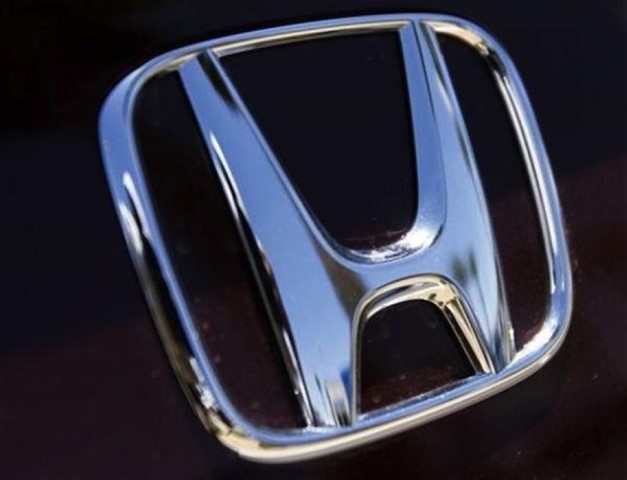Car Dealerships: what they've been and what they're becoming
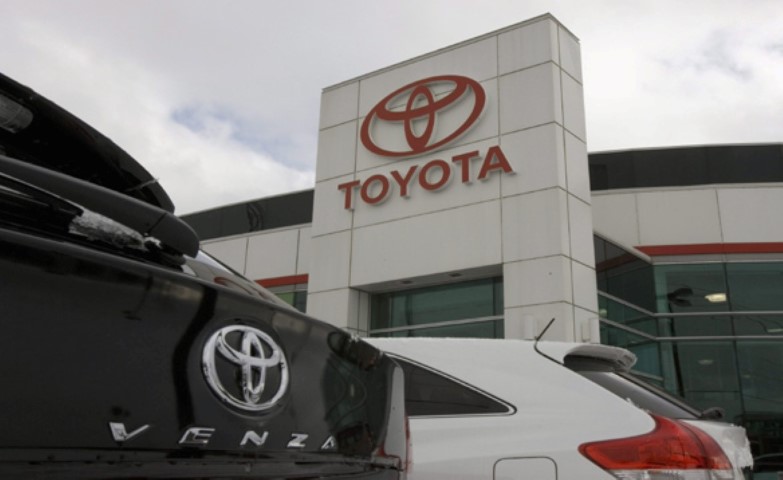 The vehicle buying and owning process has always involved the dealership as the primary stage and many times the only stage that many consumers experience. In earlier years, the general buying public bought locally and didn’t have expectations of competitors to contrast. In many regions, loyalty wasn't an afterthought and few manufacturers were distributing product.
The vehicle buying and owning process has always involved the dealership as the primary stage and many times the only stage that many consumers experience. In earlier years, the general buying public bought locally and didn’t have expectations of competitors to contrast. In many regions, loyalty wasn't an afterthought and few manufacturers were distributing product.
Gordon Williams, owner of Hoskin's Ford in Western Canada, has seen this transformation and expansion first hand. His particular Ford store is the longest lasting, oldest Ford Store in Canada. In operation since 1935, Williams in many ways pioneered the type of dealership that we presently are accustomed to.
Today, the multitude of variety when it comes to car dealerships in Canada is simply staggering. In larger cities, every mainstream manufacturer is represented and car shopping can be more challenging yet more enjoyable than ever before.
 A variable that seems consistent when speaking to successful dealerships is their focus on the customer’s overall experience. A customer’s dealership experience is arguably the most important element in the buying process. Presently, Customer Satisfaction Index (CSI) is a tool that’s at the forefront of many business models assisting dealers in realizing the impact of customer satisfaction on a daily basis with the understanding of further dividends being rewarded down the line. It should also be noted that customers today possess an increasing level of knowledge that must be respected and acknowledged on the dealership floor. What results is a selling process that’s less dependent on sales tactics and more focused towards building a reliable relationship with the customer.
A variable that seems consistent when speaking to successful dealerships is their focus on the customer’s overall experience. A customer’s dealership experience is arguably the most important element in the buying process. Presently, Customer Satisfaction Index (CSI) is a tool that’s at the forefront of many business models assisting dealers in realizing the impact of customer satisfaction on a daily basis with the understanding of further dividends being rewarded down the line. It should also be noted that customers today possess an increasing level of knowledge that must be respected and acknowledged on the dealership floor. What results is a selling process that’s less dependent on sales tactics and more focused towards building a reliable relationship with the customer.
 Most of a buyers shopping is now done online – and this doesn’t stop when it comes to purchasing a new or used vehicle. On an everyday basis, customers can do most of their research online through an abundance of automotive media outlets before they even step foot in a dealership. Most customers still visit the dealership showrooms, but it’s more for a final act to see and test drive the tangible product that they’ve been learning so much about. Like any new change, both advantages are disadvantages surface for the dealer. For one, they’re often dealing with a more informed customer that’s more educated and serious about their purchase. Deals can now be made in a more efficient manner and decisions can be reached sooner.
Most of a buyers shopping is now done online – and this doesn’t stop when it comes to purchasing a new or used vehicle. On an everyday basis, customers can do most of their research online through an abundance of automotive media outlets before they even step foot in a dealership. Most customers still visit the dealership showrooms, but it’s more for a final act to see and test drive the tangible product that they’ve been learning so much about. Like any new change, both advantages are disadvantages surface for the dealer. For one, they’re often dealing with a more informed customer that’s more educated and serious about their purchase. Deals can now be made in a more efficient manner and decisions can be reached sooner.
As good as this new caliber of customer may seem – they aren't ideal to many dealerships. Customers familiarize themselves with the blue, red and black books that showcase the values of their respective vehicles and in turn present salespeople with a brand new set of obstacles. The common expectation resulting from this is a lower asking price from the customer in both new and used markets. With increased knowledge, customers will strive to reach what some averaged statistics may recommend. What results is a conflict in the ability for dealerships to make the type of profits they once received.
This new dynamic more-informed customer has also transformed what dealerships look for in their sales staff. The old traditional skill sets within a salesperson still exist on a limited basis, but now individuals with formal business education or training have become an asset. It’s now advantageous and soon an essential credential for those working within the retail level to have specified educational background for their respective field i.e. (finance and insurance, sales, etc.)
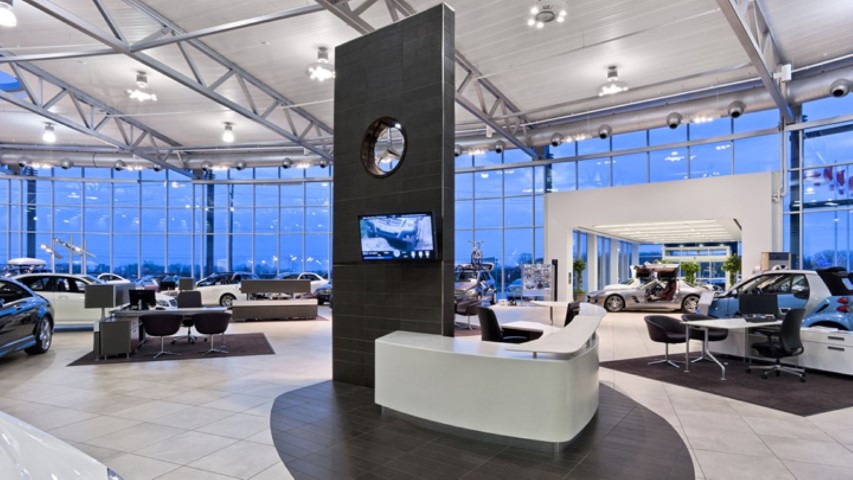 With so much competition and identical product offerings in close proximity – dealers need to find a way to identify themselves. Comparative advantage is the key and creating, maintaining and improving the brand that is your dealership is the latest variable for success. A strategy and philosophy must be set out and all things need to be considered.
With so much competition and identical product offerings in close proximity – dealers need to find a way to identify themselves. Comparative advantage is the key and creating, maintaining and improving the brand that is your dealership is the latest variable for success. A strategy and philosophy must be set out and all things need to be considered.
As the automotive industry continues to change – car dealerships have had to evolve as well. Customers have become more educated on the products and aware of the existing profit margins and at times the wholesale pricing. This has made the effort and uniqueness put forward by each dealer more important than ever. Today, a low percentage of vehicles sell themselves and value can no longer be found in just a cheaper deal. Dealerships have taken the next step by hiring more qualified and educated automotive minds along with a heightened sense of customer service and satisfaction that has gone along way for many. In the next few years – it will be fascinating to see what the future brings for the others who have not adapted to this new automotive sales mindset.


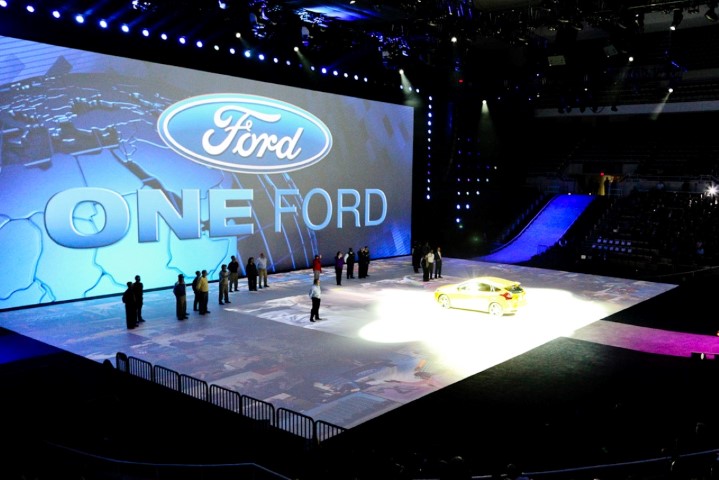 Ms. More continued by saying that Ford’s business strategy is embodied in their ‘ONE Ford’ plan. ONE Ford expands on this worldwide company’s four-point business plan for achieving success globally. The four-point business plan consists of the following:
Ms. More continued by saying that Ford’s business strategy is embodied in their ‘ONE Ford’ plan. ONE Ford expands on this worldwide company’s four-point business plan for achieving success globally. The four-point business plan consists of the following: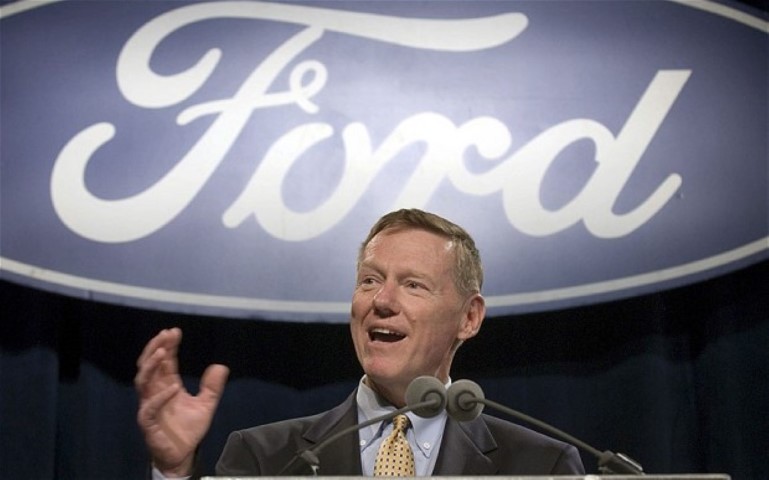 From the ONE plan foundation, led by the Chief Executive Officer of the Ford Motor Company, Alan Mulally, Ford turned things around by globalizing operations, cutting costs, improving quality and expanding the line-up with fuel-efficient models like the Fiesta sub-compact – a true world car, designed and produced for consumers in practically every market that sells Ford product.
From the ONE plan foundation, led by the Chief Executive Officer of the Ford Motor Company, Alan Mulally, Ford turned things around by globalizing operations, cutting costs, improving quality and expanding the line-up with fuel-efficient models like the Fiesta sub-compact – a true world car, designed and produced for consumers in practically every market that sells Ford product. 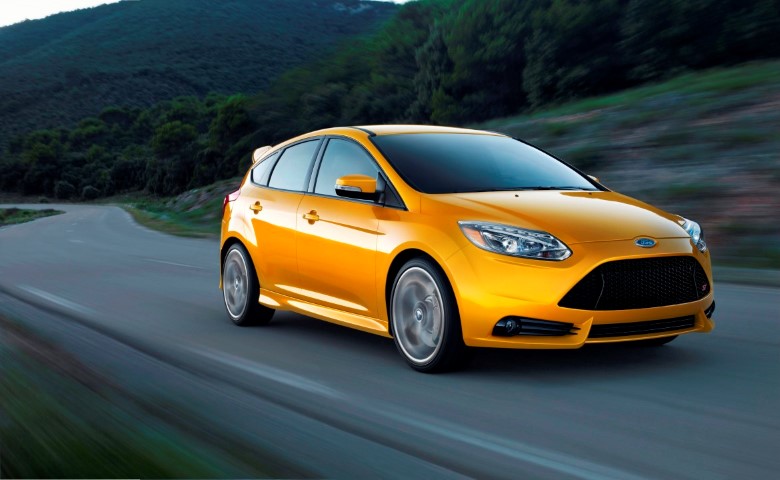 A word we will see more of in the future in automotive vernacular is ‘EcoBoost’. EcoBoost is a family of turbocharged, direct-injected gasoline engines produced by the Ford Motor Company and co-developed by FEV engineering. Engines equipped with EcoBoost technology are designed to deliver power and torque consistent with larger engine displacement, while achieving approximately 20% better fuel efficiency and 15% reduced greenhouse emissions than larger engines. In fact, relative to the power output and fuel efficiency of hybrid and diesel technologies, Ford sees EcoBoost as an affordable and versatile alternative and intends on using it extensively in future vehicle applications. Now that does not mean that vehicles with a much-reduced carbon footprint will not be available. In Michigan for example, on one of the sprawling production lines, four different vehicles now come down one line. Further, significant effort continues to be pumped into research and development on hybrid and plug-in hybrid vehicles – such as the much lauded innovative C-Max compact now available in dealerships.
A word we will see more of in the future in automotive vernacular is ‘EcoBoost’. EcoBoost is a family of turbocharged, direct-injected gasoline engines produced by the Ford Motor Company and co-developed by FEV engineering. Engines equipped with EcoBoost technology are designed to deliver power and torque consistent with larger engine displacement, while achieving approximately 20% better fuel efficiency and 15% reduced greenhouse emissions than larger engines. In fact, relative to the power output and fuel efficiency of hybrid and diesel technologies, Ford sees EcoBoost as an affordable and versatile alternative and intends on using it extensively in future vehicle applications. Now that does not mean that vehicles with a much-reduced carbon footprint will not be available. In Michigan for example, on one of the sprawling production lines, four different vehicles now come down one line. Further, significant effort continues to be pumped into research and development on hybrid and plug-in hybrid vehicles – such as the much lauded innovative C-Max compact now available in dealerships. 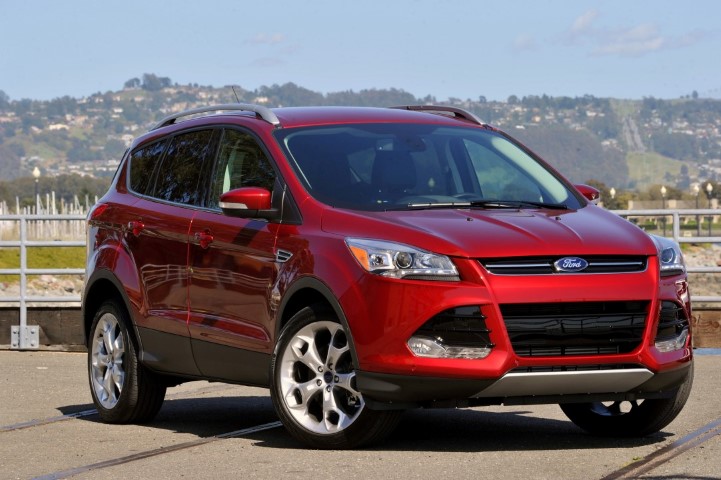 Will one of these Ford vehicles win the coveted 2013 AJAC CCOTY? Time will tell. Votes from more than 80 AJAC-accredited journalists are now being tabulated and the overall winning vehicle will be announced at the Canadian International Auto Show, February 14, 2013.
Will one of these Ford vehicles win the coveted 2013 AJAC CCOTY? Time will tell. Votes from more than 80 AJAC-accredited journalists are now being tabulated and the overall winning vehicle will be announced at the Canadian International Auto Show, February 14, 2013.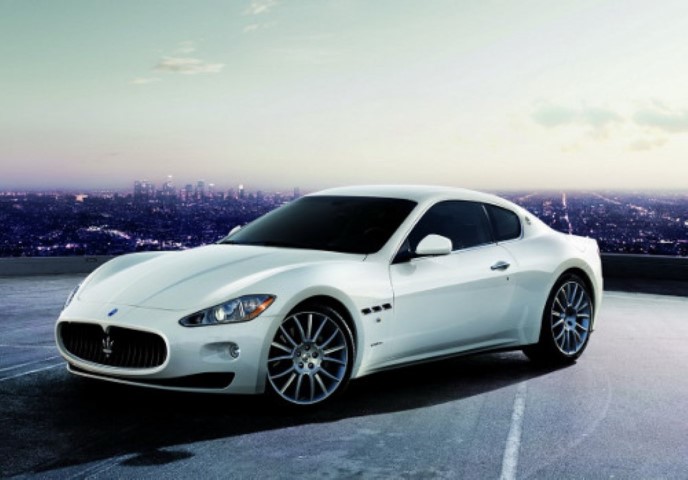 Advertisements of luxury vehicles appear on the Canadian websites of AutoTrader, eBay, Craigslist, Kijiji and Wheels.ca at prices regulators say are too good to be true.
Advertisements of luxury vehicles appear on the Canadian websites of AutoTrader, eBay, Craigslist, Kijiji and Wheels.ca at prices regulators say are too good to be true.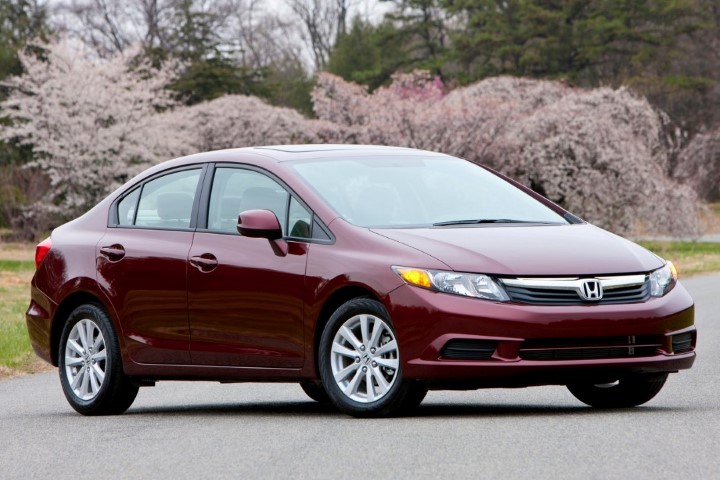 MARKHAM, ON - With sales of 64,962 units in 2012, the Honda Civic outsold its closest competitor by 14,012 units to retain its position as Canada's best-selling passenger car for the 15th consecutive year. This remarkable feat is a testament to the durability, quality and reliability that Canadians have come to expect from Honda and the delicate balance of safety, fuel efficiency and fun-to-drive attributes that Civic delivers, year after year.
MARKHAM, ON - With sales of 64,962 units in 2012, the Honda Civic outsold its closest competitor by 14,012 units to retain its position as Canada's best-selling passenger car for the 15th consecutive year. This remarkable feat is a testament to the durability, quality and reliability that Canadians have come to expect from Honda and the delicate balance of safety, fuel efficiency and fun-to-drive attributes that Civic delivers, year after year.